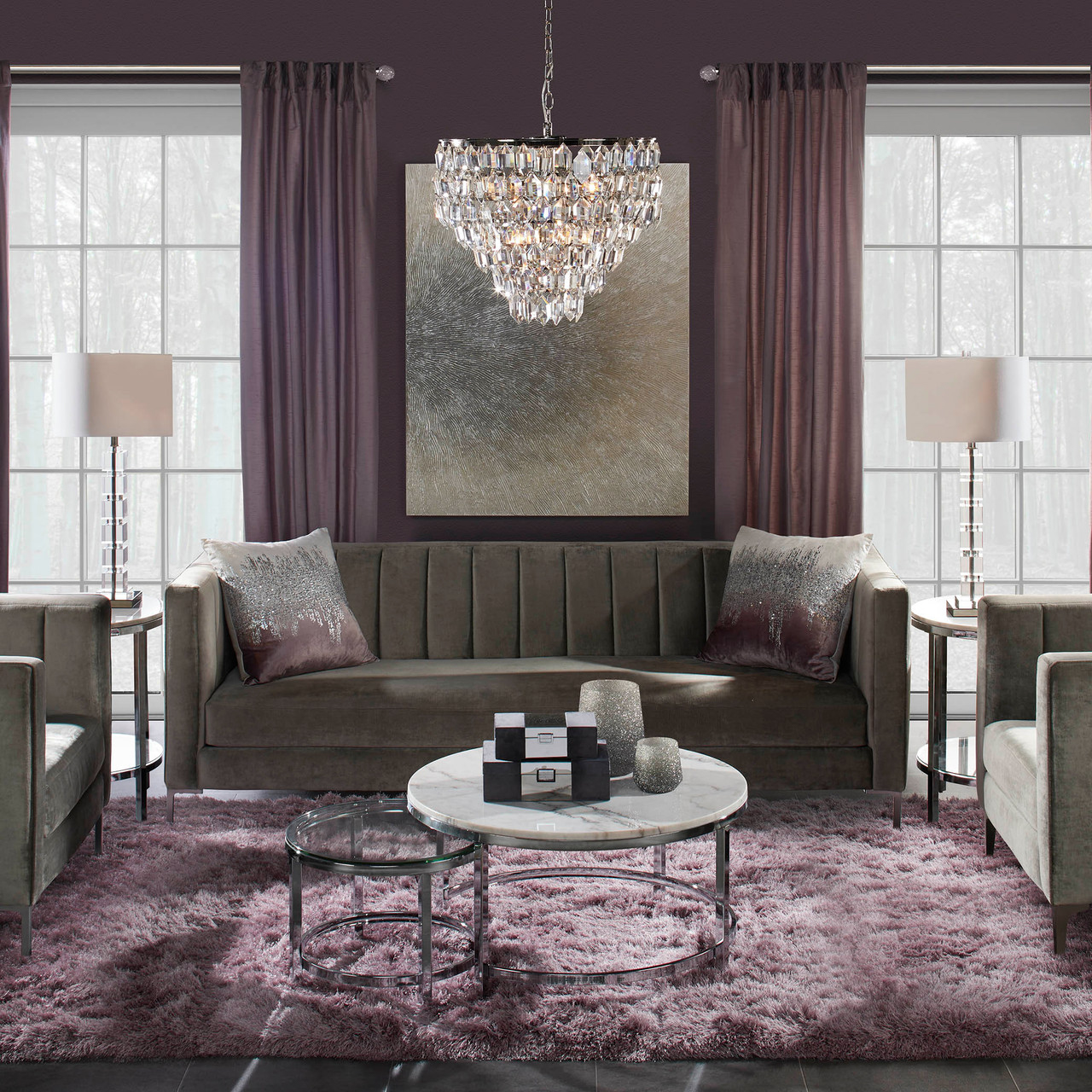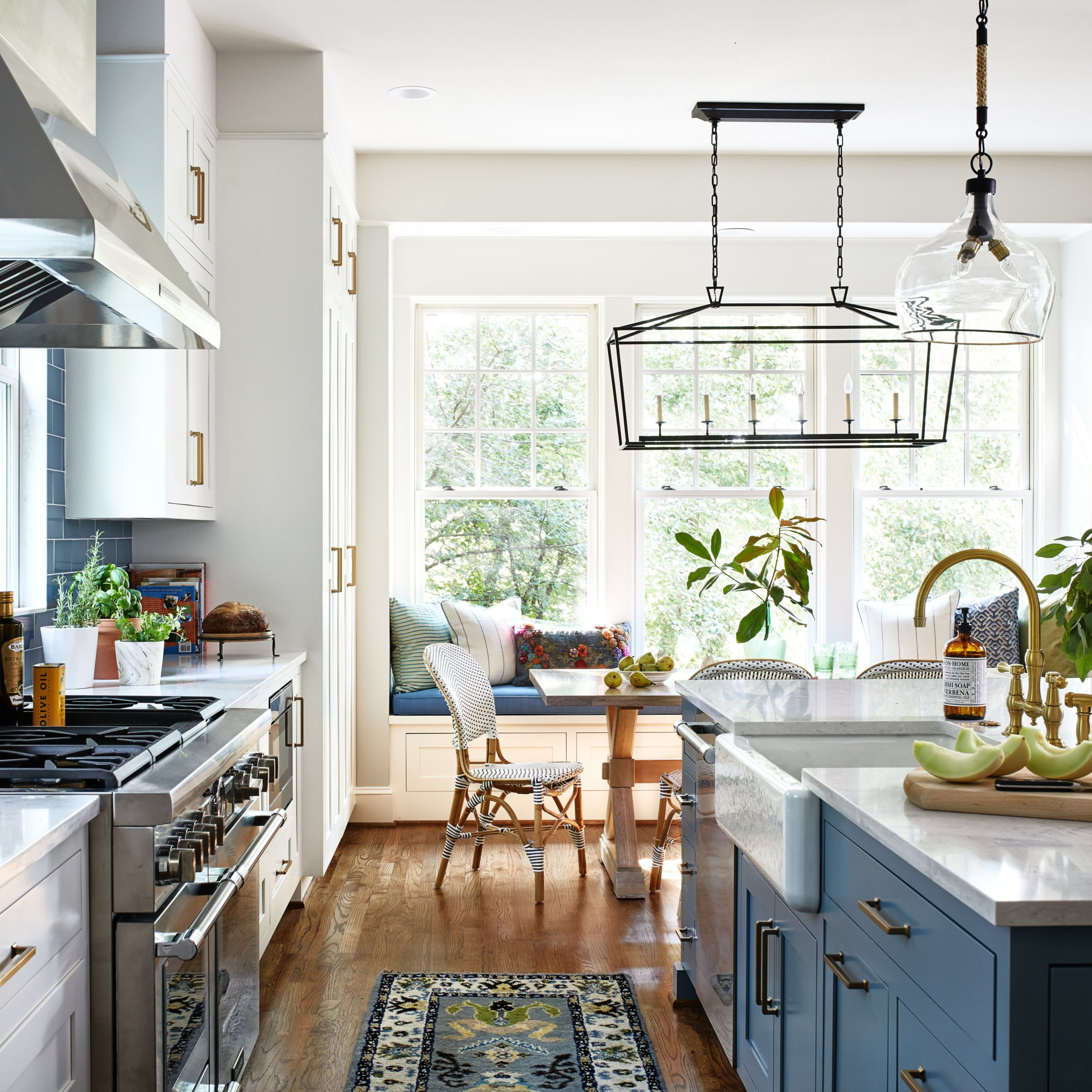Introduction:
The Bauhaus movement, which emerged in Germany in the 1920s, revolutionized art, design, and architecture. The school of thought that emerged from the Bauhaus movement, known as Bauhaus design, has continued to influence interior design to this day. With its minimalist, functional aesthetic, Bauhaus design is a versatile style, making it popular among both modernists and traditionalists. In this article, we will explore the principles of interior Bauhaus design and offer tips on how to incorporate it into your home.
Principles of Interior Bauhaus Design:
At the heart of interior Bauhaus design is a focus on functionality and simplicity. This means using a limited number of colors, materials, and shapes to create clean, streamlined spaces.
Color:
When it comes to interior Bauhaus design, neutral colors and color-blocking are key. Use a limited range of bold, primary colors to add visual interest to neutral walls and furniture. For example, a red chair or blue rug can bring a pop of color to an otherwise neutral room.
Materials:
Bauhaus design favors industrial materials such as steel, glass, and concrete. These materials are often left exposed, emphasizing their functionality and simplicity. However, wood and other natural materials can also be used to add warmth and texture to spaces.
Shapes:
In interior Bauhaus design, simple, geometric shapes reign supreme. Cubes, spheres, and cylinders are common forms used in furniture and décor. Furniture is often designed with clean lines and minimal ornamentation, focusing on the function of the piece.
How to Incorporate Interior Bauhaus Design in Your Home:
Now that you understand the principles of interior Bauhaus design, it’s time to start incorporating them into your home. Here are some tips:
Keep it Simple:
The key to Bauhaus design is simplicity. Keep your color palette and materials limited, and choose furniture with clean lines and minimal decoration.
Add Pops of Color:
While Bauhaus design values simplicity, it also places a high value on bold, primary colors. Use these colors sparingly to add visual interest to your space.
Emphasize Function:
Bauhaus design is functional above all else. When choosing furniture and décor, prioritize its function over its form.
Experiment with Shapes:
Geometric shapes play an important role in Bauhaus design. Look for furniture and décor that features geometric shapes, such as cubes and spheres.




